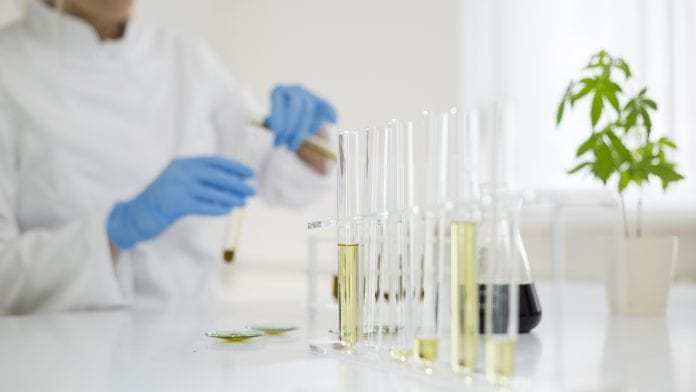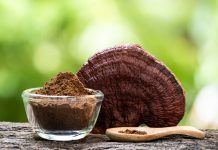
Richard O’Halloran, CEO of Biosportart, discusses natural versus synthetic cannabidiol (CBD) compounds for use in products and what this means for the CBD industry.
CBD products made from the natural compound can often be low in CBD concentration and contain trace compounds of THC at levels higher than 0.2%, which causes problems with countries that have strict regulations around their sale. They can also contain impurities due to soil absorption, meaning CBD products can often vary in effectiveness from bottle to bottle.
In this article, Richard O’Halloran, CEO of Biosportart, spoke to Health Europa digital editor Stephanie Price to discuss the benefits that synthetic CBD products can offer.
Bioidentical compounds
Many commonly used, over-the-counter supplements such as vitamin C and D are not organic compounds but synthetically produced in a lab. Although they are not derived from a natural source such as fruit, they are still bioidentical to the natural compounds. The same is true for CBD – although not derived from the cannabis plant, synthetic CBD compounds are identical to the natural cannabinoid, and work on the body in the exact same way.
O’Halloran highlighted how high concentration CBD products can be produced synthetically without violating UK law through the presence of other illegal cannabinoids.
“Synthesised CBD is 100% chemically identical to its plant-based counterpart. We have had tests done and, through yeast, we have managed to create a molecule identical to the CBD molecule. It does not have some of the terpenes that come along with it – which is seen as a negative in some cases, but from our perspective, we didn’t want any other cannabinoids except CBD whatsoever,” said O’Halloran. “The only residuals are orange terpenes which come from the base material, which is an orange peel.”
In this respect, O’Halloran noted that the entourage effect is a key sticking point for whole-plant products. “The most powerful cannabinoid in cannabis is THC, which has long documented effects; however, when people talk about the entourage effects there is really little high-quality research about its effects that can’t be attributed to THC. There is no evidence that terpenes do anything except add to flavour, for example.
“There is a lot of misinformation about synthetic cannabinoids, they have a terrible name because when people started synthesising cannabinoids such as THC –they started making THC analogues. There is a problem around the language – when many people say ‘synthetic’, they mean ‘spice’ – generally nasty drugs that are actually analogues and act on the same receptors that THC acts on. However, they do not occur in nature and work in disturbing ways – they are incredibly strong and can cause psychosis, for example.
“What we are talking about is actually bioidentical, or nature-identical, cannabinoids, so it has exactly the same effect on the body, and synthetic CBD is used as a test for purity of natural CBD.”
The benefits of synthetics: regulation, clinical trials, and mass production
There are strict regulations around the sale of CBD products – for example, in the UK, any product that contains traces of THC higher than 0.2% are illegal, and sports regulators are also strict on what CBD products can be used – that is, products containing CBD only and no other cannabinoids.
“The UN has specific language about cannabis flowers, for example, if you synthesise it, you can sidestep all of those issues,” said O’Halloran. “The adoption of synthetic cannabinoids has been slower than we thought. There is so much variation even under controlled circumstances for natural products, so there is a lot of potential for synthetic compounds.
“Mass production is a huge problem for companies looking to make their product on a mass-scale, and the synthesis of CBD can also help for clinical trials due to its purity – synthetics can certainly solve this problem, although not automatically as you can create impurities. Synthesising CBD does not always mean there is no THC, in some cases there can be THC – and a final refining step has to take place to remove it. However, now that we have a synthetic version, we can have a lot higher quality research.
“Synthetic CBD has huge potential – it is a messy process extracting something from a plant – especially one that is very absorbent and can easily bring heavy metals along for the ride. So, synthetics unlock a lot of this – it is not shown to be toxic at any level when applied topically, for example. I think they will unleash a whole new realm of products, and people won’t have to use things like commonly used painkillers unless we need to in the future, as we will have an as-pure alternative that doesn’t have the same kind of side effects.”
Richard O’Halloran
CEO
Biosportart







